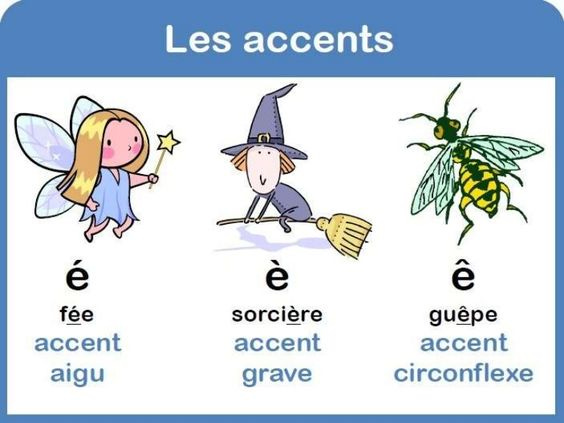Lots of conversations “out there” about the role that speaking French has in cultural identity. Which led me to ask some wacky personal questions:
If I spoke French in childhood, was I French then but not-French now because I speak English most of the time?
Would I return to a more Acadian-ness if I spoke French more frequently?
Were my older siblings more French because they were bilingual?
And then it hit me…speaking words is only part of the transmission from one of us to another. There’s all that non-verbal body language.
Once upon a time, when I worked as a community reporter, I (quasi-bilingual) interviewed Chanterelle performers Josée Vachon (bilingual) and Donna Hébert (English-speaking) for an Arts & Leisure story.
Donna wished her parents had taught her French; Josée reassured Donna that her fiddle spoke French.
It was both the most relaxing and the most animated interview I’ve ever done. Hands flying, multiple conversational threads weaving seamlessly and simultaneously, loud, laughing, open-hearted. It felt like exhaling a breath I didn’t know I’d held. What a relief.
Very different from an interview with anyone whose first, and likely only language, was English.
Remembering that interview in the now, leads to another memory: the Sisters of the Assumption, the order of nuns from Nicolet QC where many post-Grand Dérangement Acadians migrated.
The Acadian refugees’ return by Claude Picard
Sister Marie-Jean Baptiste was a member of this order. She used a mini-calisthenics lesson to teach first graders about French accent marks.
e accent aigu — stand beside your desk, reach your right arm out to about 1 pm on an imaginary clock, say e accent aigu
e accent grave — stand a bit further away from your desk, reach your left arm out to about 11 am on an imaginary clock, say e accent grave
e accent circonflexe — put your fingertips over your head like you’re making a little hat, as you curtsey (both girls and boys) say e accent cicronflexe
To this day, French accent marks pop into my head with these gestures. Except for the “hat.” Rarely is there a reason to tent my hands overhead and curtsey.
Because first grade is a time relegated to long, long-term memory, another question arose:
How many or which movements while speaking are cultural and transmitted through many generations? Is the use of these why it’s easy to “feel French” when using English?
The questions remind me of the story of the roasting pan.
Mom is teaching her children how to cook a roast. She cuts off the end, then plops the larger piece into a bakepan.
“Hey, mom,” Susie says. “How come you cut the end off the roast?”
Mom pauses. “Your grandmother always did that.”
“Why’d Mémère do that?"
“I don’t know. Let’s call her.”
Susie calls and asks the question.
“Marguerite, you there?” Mémère asks. Susie holds the cell phone closer to Mom. “I cut the end off because I didn’t have a pan big enough for the roast. Do you need a larger roasting pan?”
Mom looks at her pan. Plenty of room to fit the end she’d lopped off. “No problem, Ma. See you at dinner.”
Susie giggles. “Guess you did what you were taught.”
I wonder how many nonverbal gestures come to us through the generations. I don’t have an answer. Tried to find information on the Internet and YouTube. Because, so the anonymous “they” say, there’s a YouTube for everything.
Rien. There aren’t any I could find for nonverbal gestures commonly used by Acadians, Quebecois, French-Canadians, or Franco-Americans.
If you have observations about this in your life, or you know someone who explores this professionally, please let me know. It’d be a true joy to learn that some unconscious habit of movement or behavior came down from the ancestors.
Resources
Concern about losing French language
French-Canadian Legacy podcast with Josée Vachon
About hand gestures:
https://neurosciencenews.com/hand-gestures-communications-culture-25811/








I love this! Sister Marie-Jean Baptiste was ahead of her time. The TPR method has been integrated in many foreign language classrooms here in CT. It is an unsurpassed method to get kids thinking (and moving) in another language.
There is so much body language that is culturally specific. And how easily it is transmitted to anyone immersed in that culture. My Irish Canadian father grew up in the predominantly Jewish Montreal neighborhood of Mile End (his family were the only Irish people on the block). As an old man, his body seemed most comfortable in the mannerisms and movements of the people he had been surrounded by growing up. My Jewish husband would always ask me: "Are you sure your dad's Irish? Look at how he sits!"
One of my dearest friends was a French-speaking high school nun. Sister Judith used to promise an end-of-the-week story to the girls in her history class if they behaved. That seemed to.motivate them despite the fact she was legally blind, and they could have taken a different path. Too bad SHE wasn't your teacher!